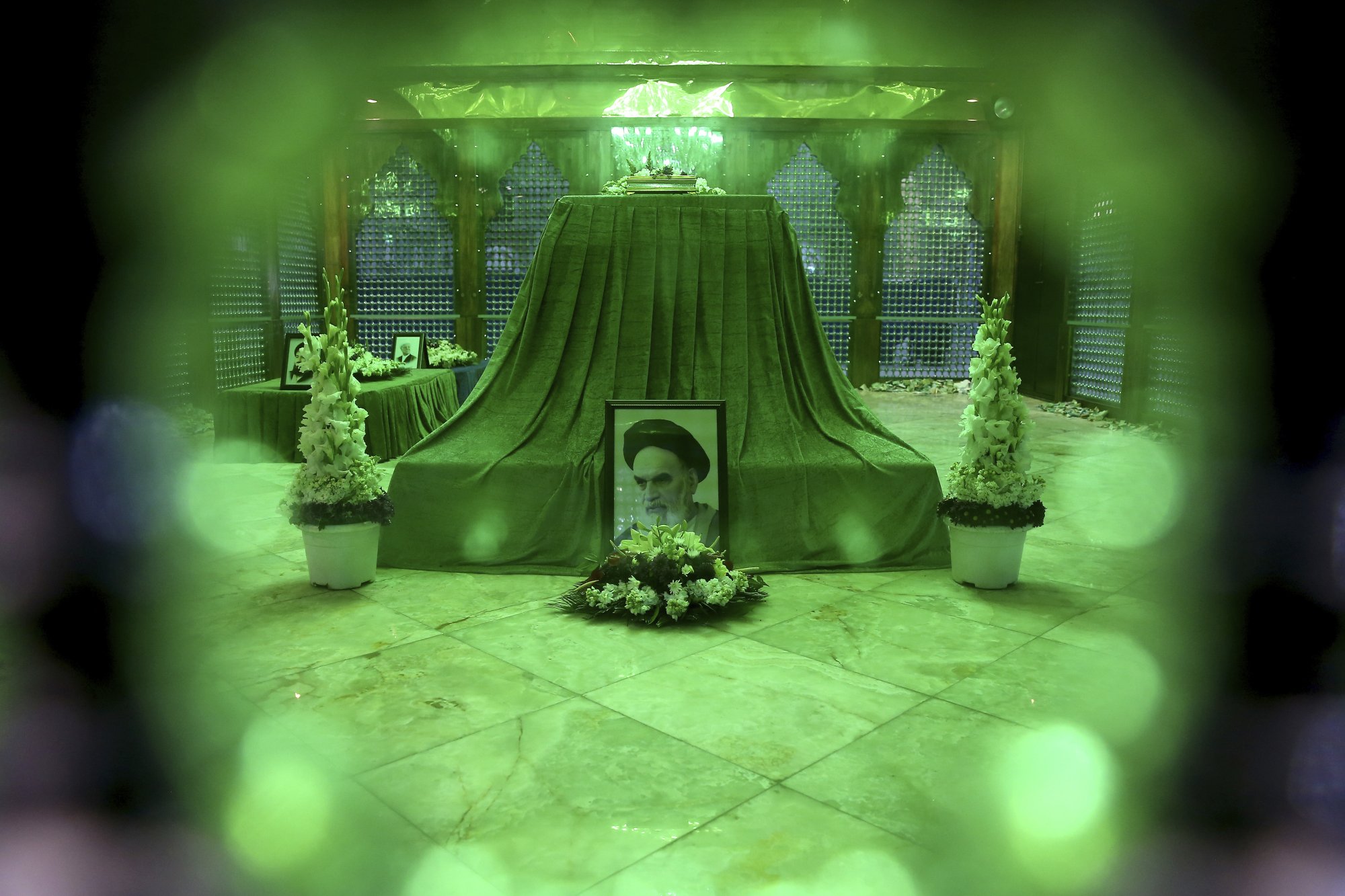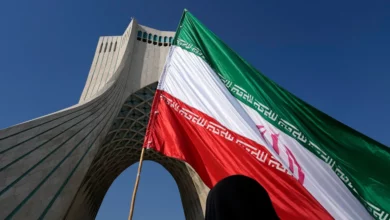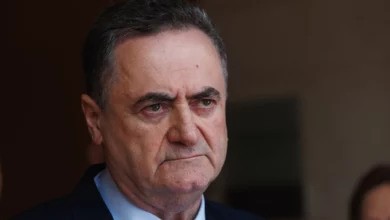
TEHRAN, Iran (AP) — His image is on bank notes and in school textbooks in Iran, often as a black-and-white embodiment of the 1979 Iranian Revolution that swept aside the country’s shah and forever changed the nation. But unlike other countries ruled by family dynasties, Ayatollah Ruhollah Khomeini’s children and grandchildren have never fully entered politics.
Part of the reason lies with Khomeini’s own commandments after becoming Iran’s first supreme leader. The rest likely comes from suspicion in the very system Khomeini set up, even though his name still carries weight today.
“I wish I was living during the Khomeini era,” said Mahboobeh Ramazani, 27, who recently visited the mosque attached to the ayatollah’s residence, now a tourist attraction in northern Tehran. “He is still my favorite, since he never sought anything for himself and his family members.”
The memory of Khomeini, who died in 1989 at the age of 86, literally looms large over Tehran today. His golden-domed mausoleum in southern Tehran is one of the first things people see driving into the city from the airport named for him.
Even the CIA, in a 1983 analysis on him, acknowledged that Iran’s revolution could not have happened without him. His tape-recorded sermons circulated through the country in the days leading up to the shah’s departure, his calls for supporting the poor striking a populist tone among Iran’s struggling masses.
His style also fit one of his mantras: “Islam is politics.”
“He uses repetition, rhythm, exaggerated images and cutting political jokes to drive his message home and alters his vocabulary — but not his delivery — to show increased emotion,” the CIA wrote. “His monotone exerts a hypnotic effect that is heightened by supporters placed among the audience to lead chanted slogans.”
But despite his political success, he insisted that his own family not get involved.
Part of that stemmed from the allegations of corruption that surrounded the family of Shah Mohammad Reza Pahlavi, whose relatives enriched themselves through government contracts and the public purse.
The shah’s family and royal court became known among protesters and the opposition at the time as a “1,000-member” oligarchy, a reference to their widespread presence in government and the private sector. Khomeini’s own mullah father had been killed only months after his birth over his activism targeting wealthy landowners.
“I will that those who are related to me not enter political currents,” Khomeini said in 1980 when one of his grandchildren backed Iran’s then-embattled liberal President Abolhassan Banisadr. “I do order you based on Shariah not to enter political games.”
Khomeini and his wife, Khadijeh Saghafi, had five children and 15 grandchildren. His daughter, Zahra Mostafavi, later became politically active, but said in 2006 that her father had told her and other family members, “Do not enter politics while I am alive.”
“After his death, we decided not to enter” politics, she said. However, she would later publicly write Supreme Leader Ayatollah Ali Khamenei to protest the decision to ban influential President Akbar Hashemi Rafsanjani from running in the 2013 election.
Khomeini’s family did not stay out of politics for long, in part due to the changes within Iran. A growing youth population demanded jobs and had a different political perspective than their parents’ generation. Those demands gave birth to Iran’s reformist political movement, which seeks to change Iran’s government from within and grant more political freedoms to its people.
Granddaughter Zahra Eshraghi, whose husband, Mohammad Reza Khatami, was the brother of reformist President Mohammad Khatami and served as deputy speaker of parliament, sought to form her own women’s group. Both she and her husband tried to run for parliament in 2004, but were blocked by the Guardian Council, a 12-member panel that vets candidates and routinely rejects those calling for dramatic reform. The council similarly blocked Ali Eshraghi, another Khomeini grandson, in 2008.
Meanwhile, one of Khomeini’s great-grandchildren has grown increasingly prominent, in part due to his use of Instagram. Ahmad Khomeini, a 20-year-old Shiite cleric, posts images of himself in both Western attire and the black turban marking him as a direct descendant of the Prophet Muhammad.
He also freely posts images of Khatami, subject of a state-ordered media blackout in Iran, and reformist politician Mir-Hossein Mousavi, who remains under house arrest years after he led Iran’s Green Movement following his disputed 2009 election loss to hard-line President Mahmoud Ahmadinejad.
His father, Hassan Khomeini, another of Khomeini’s grandsons, was barred by authorities in 2016 from running for seats on Iran’s Assembly of Experts, which can appoint or remove a supreme leader.
But fears about political dynasties persist in Iran. Earlier this year, President Hassan Rouhani described the 1979 Iranian Revolution as being aimed at avoiding having a “son to take the throne after the death of father.”
Family members of current supreme leader Khamenei have taken a low-key approach to public life.
Political analyst Amir Mohebian, who heads a conservative think tank in Tehran, believes both Khomeini’s ban and the people’s anti-monarchy sentiment thwarts the formation of any political dynasties.
“The society is very sensitive toward any kind of dynasties’ dominance,” he said.
Yet even today, Khomeini remains a powerful figure in the minds of many Iranians.
“Khomeini was great. I joined his revolution despite having a good job, a good life, simply because he said Islam is in danger,” said Iraj Khalilzadeh, an 81-year-old retired worker at a shoe factory while recently visiting Khomeini’s shrine. “I expect the current government to pay attention to poor people.”




